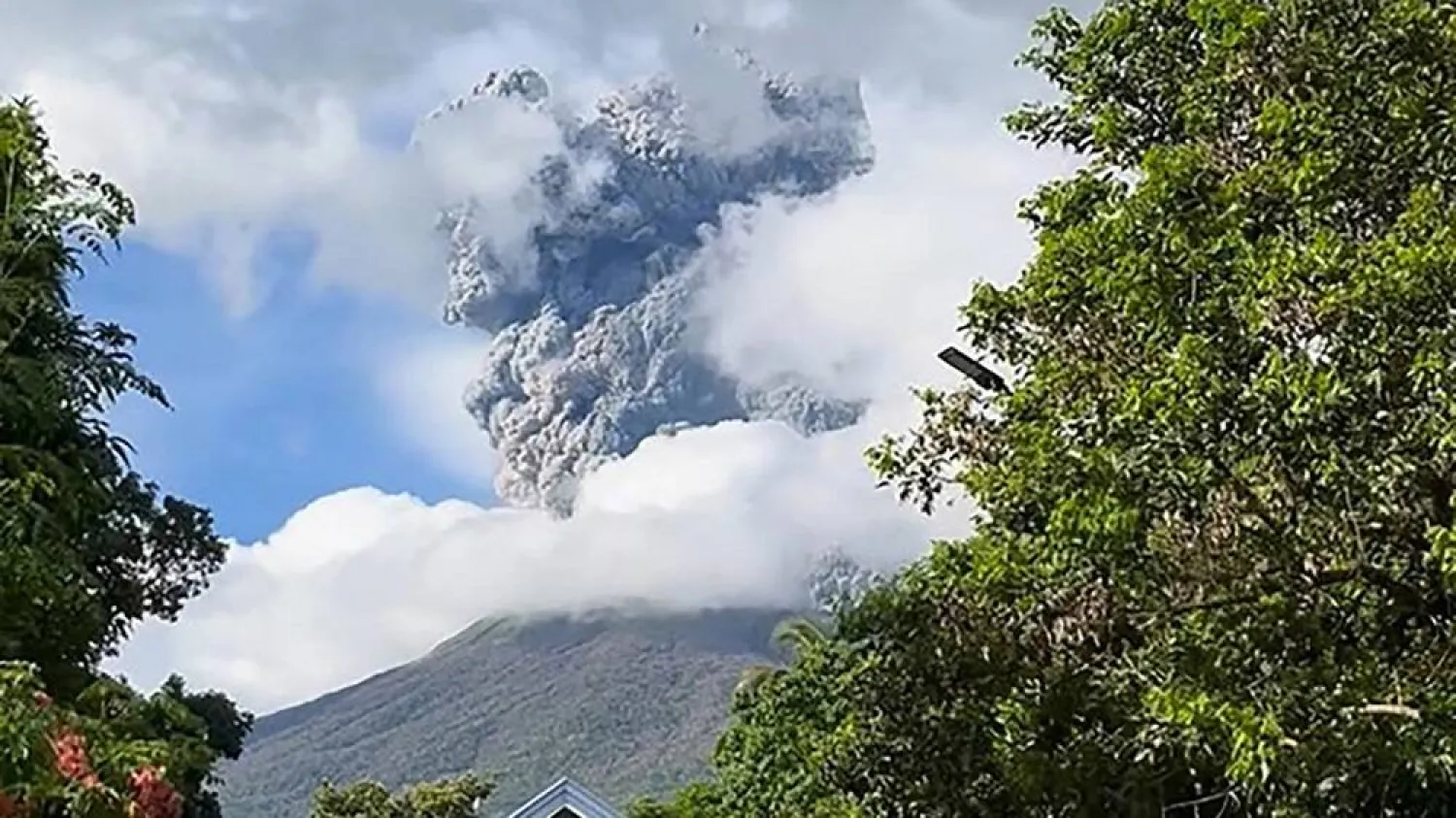Upon spotting a zookeeper laden with a bucket full of fruit-flavored ice pops, black spider monkeys in Rio de Janeiro’s BioParque gracefully swung their way towards him on Friday, chattering excitedly.
While it's technically still winter in Brazil, with spring due to start on Saturday, a heat wave has engulfed the country since the beginning of the week, causing humans and animals alike to eagerly greet any chance of cooling down.
“Normally they get a break from the heat in the winter, but it’s been so hot. They have even shed their winter layer of fur,” said zookeeper Tadeu Cabral, who handed out some treats, while others were scattered around.
The ice pops are part of the monkeys’ well-being program. They provide thermal comfort, and dispersing the popsicles in different locations also stimulates their behavioral need for foraging.
For the monkeys, the ice pops are watermelon, pineapple or grape flavored. But for Simba, the zoo’s lion, the ice treat is made up of blood or minced meat.
Koala the elephant, now more than 60 years old, was rescued from a Sao Paulo circus in the 1990s. She wrapped her trunk around the block of frozen fruit, placed it under her foot and squashed the treat, before slurping it up.
To cool her down even more, a zookeeper sprayed Koala with a hose.
“Elephants love water. She also throws mud on her back to protect herself from the heat and parasites, like mosquitoes. When wet, the mud layer gets thicker and helps her even more,” said Daniel Serieiro, a biologist at the zoo.
Carlos Acuña, a tourist from Costa Rica, looked on as Koala was sprayed with water.
“It’s great that they’re showering her, that they are making her feel comfortable. The heat is so intense,” he said.
Temperatures are due to exceed 40 C (104 F) in Sao Paulo state and the central-west and north regions, according to the National Institute of Meteorology.
Abnormally high temperatures, caused by global warming, increase the risk of wildfires. On Thursday, firefighters in Brazil’s northeastern Bahia state battled flames fanned by strong winds.







